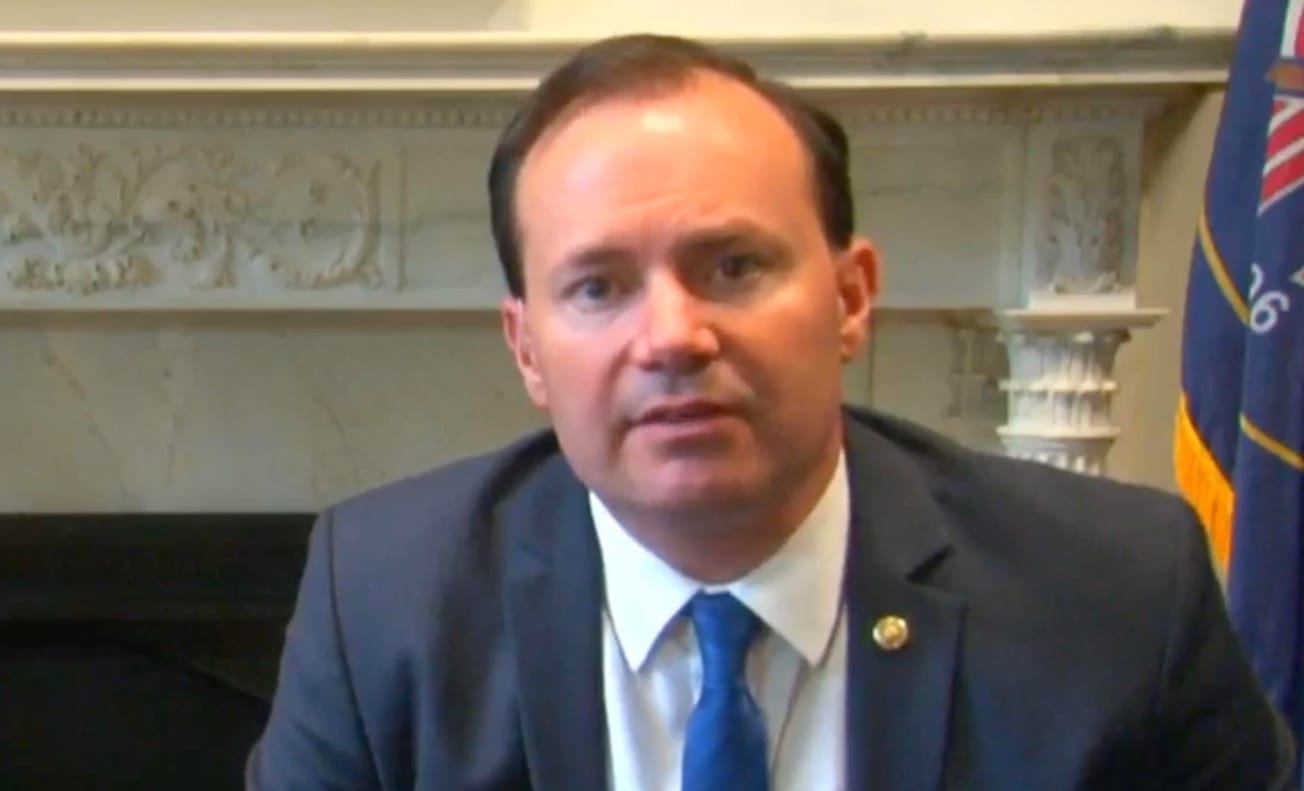Not just Germany is facing difficulties to secure its industrial status after the exit from nuclear power scheduled for the end of 2022; all of Europe will suffer because of the uncertainty of where the leading European industrial power will get its supplies of electricity in the future.
The problems in Germany caused by the renewables drive have already begun to show: The past year has seen a 15% decrease of CO2 emissions, but not because of the increase of electricity supplies coming from solar and wind power. As Fabian Hein of the Agora Energiewende, a leading institution of the energy transformation strategy, is complaining, the emissions decrease occurred because of the shutdown of large parts of industry last year related to the pandemic. In other words, the fact that 2020 has been the first year in which the total output from solar and wind has surpassed oil, coal and gas combined, shows that the green strategy which claims that Germany would do well if entirely relying on renewables is failing.
This is furthermore documented by the fact that not only did Germany’s electricity exports shrink by 11.6% in 2020, but also that it had to import 38.8% more from European neighbors because its own power generation was insufficient. Imports were 24.2 Twh in 2019, and already 33.6 Twh in 2020—a trend that is certain to grow, and increase that growth as of January 2022 when three of the remaining six nuclear power reactors are shut off by the nuclear exit plan.
Furthermore, this past summer, France was unable to export enough electricity to its neighbor Germany—the major foreign client of French nuclear power—but was itself forced to import from Spain, which in turn had to import from Morocco. This shows there are definite limits to what the European Energy Supply Chain, which regulates internal European exports and imports for its member nations, can do to keep Germany’s industry going.




